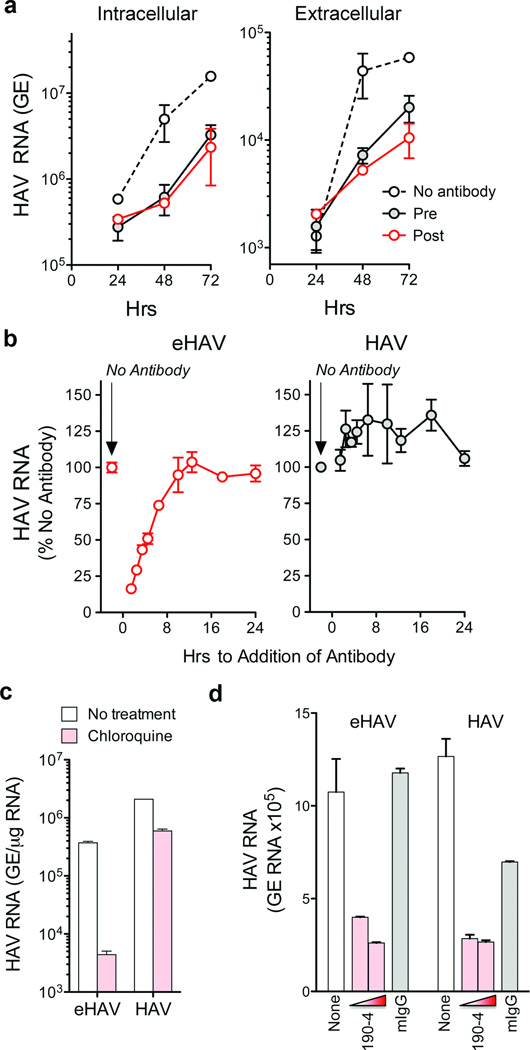Figure 4. Extracellular eHAV is resistant to antibody-mediated neutralization, but is neutralized by antibody following infection.
a, Neutralization of eHAV in cells treated with anti-HAV before (pre) or after (post) adsorption of virus. Pre-treated cells were incubated with JC plasma (1:50–1:100) for 1 hr, washed extensively with PBS, then incubated with gradient-purified eHAV (m.o.i. ~6) for 1 hr in the absence of antibody. For post-treatment, JC was added to the medium upon refeeding after removal of the inoculum. Cells were subsequently refed at 24 hr intervals with fresh media containing no antibody. Data shown represent means ± s.e.m. from duplicate cultures, and are representative of 6 independent experiments. b, Adding anti-HAV to medium as late as 6 hrs after removal of the inoculum restricts the replication of eHAV (left panel), but not nonenveloped HAV (right panel). JC antibody was added at intervals after removal of the inoculum, and intracellular viral RNA quantified at 48 hrs. Results shown are mean ± s.e.m. of replicate RT-PCR assays and representative of 3 independent experiments. c, Chloroquine (50 µM) blocks eHAV but not HAV entry. Cells were treated for 30 min prior to inoculating virus, and harvested at 48 hr to assay intracellular HAV RNA. d, Anti-TIM-1 mAb 190-4 blocks entry of both eHAV and HAV. GL37 cells were incubated with 190-4 (10–100 µg/ml) or control IgG (100 µg/ml) for 1 hr at 37 °C, then inoculated with virus for 1 hr. Intracellular HAV RNA was assayed at 72 hrs. RT-PCR data represent mean ± s.e.m. from 2–3 replicate assays; all results are representative of 2–3 independent experiments.

